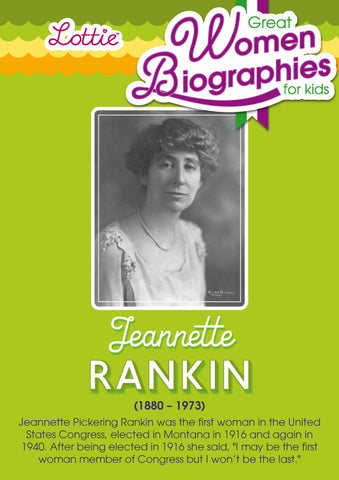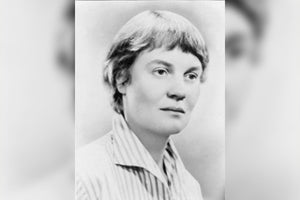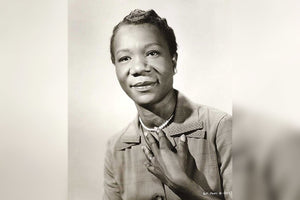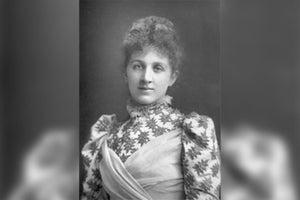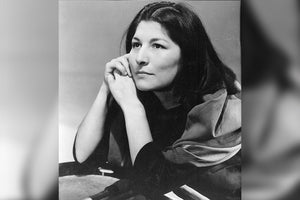Jeannette the suffragette
At this time, the campaign for women’s right to vote was becoming popular with the public. Jeannette became part of the women’s suffrage movement in 1910.
In 1913, on the day of President Woodrow Wilson’s inauguration, she joined thousands in the suffrage march on Washington.
In 1914, she returned to Montana and helped women gain the vote in her home state.
The first congresswoman
In 1916, Jeanette ran for a seat in Congress as a Republican. Her brother helped pay for her campaign. She became the first woman elected to Congress.
Her mission as a congresswoman was to campaign for peace and the rights of women and children.
At the time, Europe was at war. The US had to decide whether to enter World War 1. Before casting her vote, Jeanette announced “I want to stand by my country, but I cannot vote for war.”
Members of congress were not supposed to speak before voting. But Jeannette bravely spoke out, even though it made her unpopular.
Fighting for peace
Even when World War 1 ended, Jeannette still campaigned to bring peace to the world.
She formed the Georgia Peace Society and worked for the National Council for the Prevention of War. In 1937, she gave 93 speeches in 10 states to promote peace.
In 1939, she once again entered Congress. This time, there were six more women in the house.
Later that year, World War 2 began. In 1941, the Japanese attacked an American Naval base, Pearl Harbour. Congress had to vote on whether
America should fight back and declare war on Japan.
Once again, Jeanette spoke up before casting her vote. She said, “As a woman I can’t go to war, and I refuse I to send anyone else.” She was the only member of Congress to vote against declaring war.
Jeanette’s vote was so unpopular that she had to hide in a phone box from a mob that followed her!
A policeman had to rescue her. She never ran for Congress again.

Later Years
Portrait of Jeanette Rankin in the Collection of the U.S. House of Representatives
In 1943, after leaving Congress, Jeannette returned to Montana and cared for her ill mother. Later, she traveled the world making more speeches in the name of peace.
Jeannette’s final political stand came when America was deeply involved in the Vietnam War. As time went on, the American people began to question why they were involved in the conflict.
There were many national protests. In 1968, Jeanette led over 5,000 women to march on Washington in protest.
Jeannette died May 18, 1973 at the age of 92. Controversial in her day, she leaves a remarkable legacy for women and pacifists all over the world. Her refusal to stay quiet in the face of the world’s evils continues to inspire anyone who wishes to stand up for what’s right.
![]() Fast Shipping
Fast Shipping![]() Subscribe to our Newsletter
Subscribe to our Newsletter![]() 🌟 New Global Competition 🌟
🌟 New Global Competition 🌟











